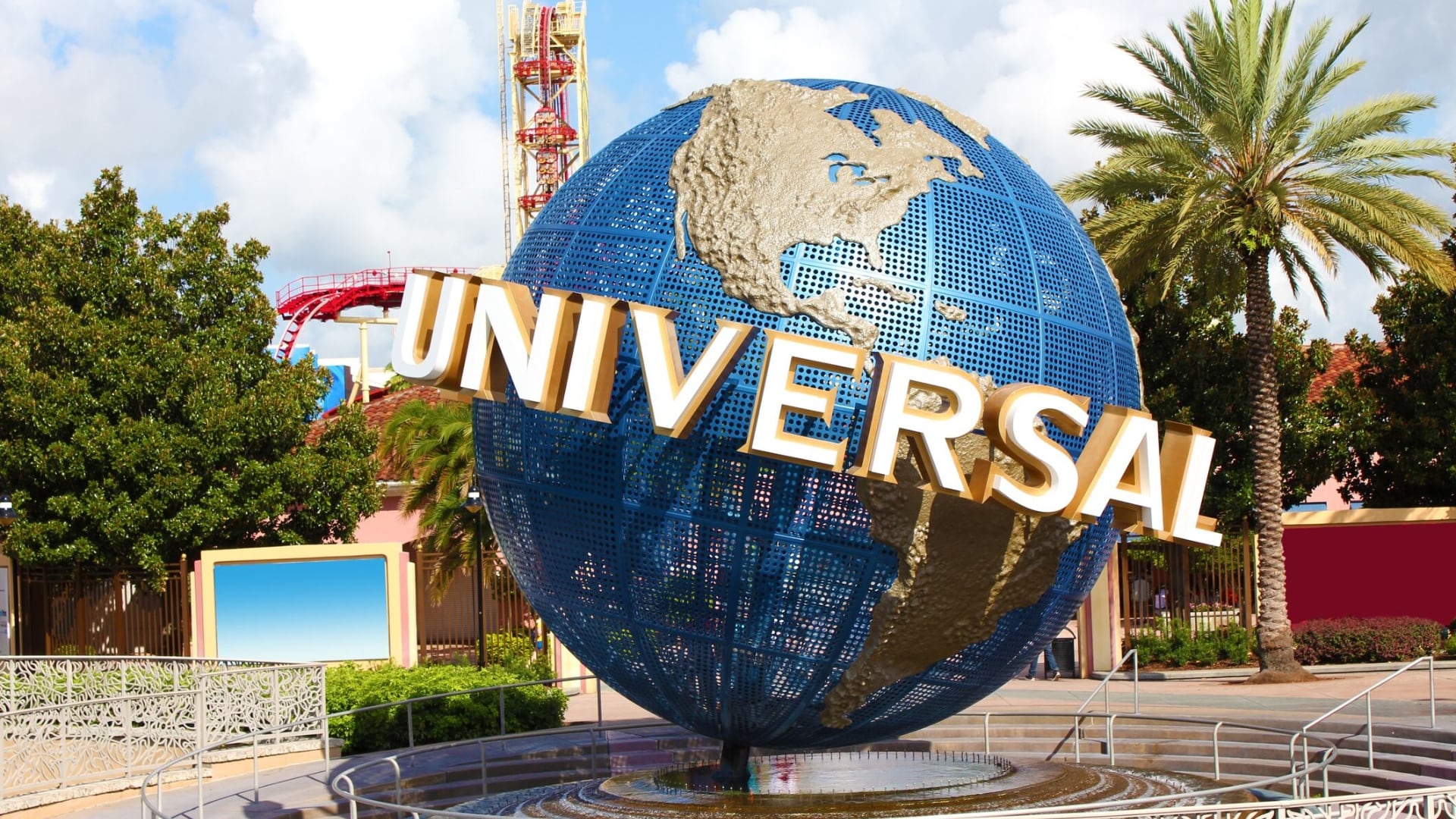*By Michael Teich* An analyst at investment firm Loup Ventures spent three days camping out at Tesla's Fremont factory and keeping tabs on what he saw. And what he surmised was that the electric automaker would likely produce between 4,300 and 4,900 Model 3 vehicles in the last week of June. If you're keeping track ー that’s below the 5,000 a week target set by CEO Elon Musk in January, marking the third time the company has fallen short of expectations for the mass-market car. But Loup managing partner Gene Munster isn't too worried. “It would be a miss for the quarter, but still a positive for the Tesla story,” he told Cheddar in an interview Wednesday. Wall Street's Tesla bears have raised flags about the company's rapid cash burn rate and have warned it will have to raise more money to fund Model 3 production, but if Tesla reaches 6,000 per week by the end of September, those betting against the company's stock could be in trouble. “If they scale Model 3, that should lead to being cash-flow positive in the December quarter, which is obviously the substance of the short story on Tesla,” said Munster. For the full segment, [click here.](https://cheddar.com/videos/gene-munster-tesla-will-fall-short-of-model-3-goals)








